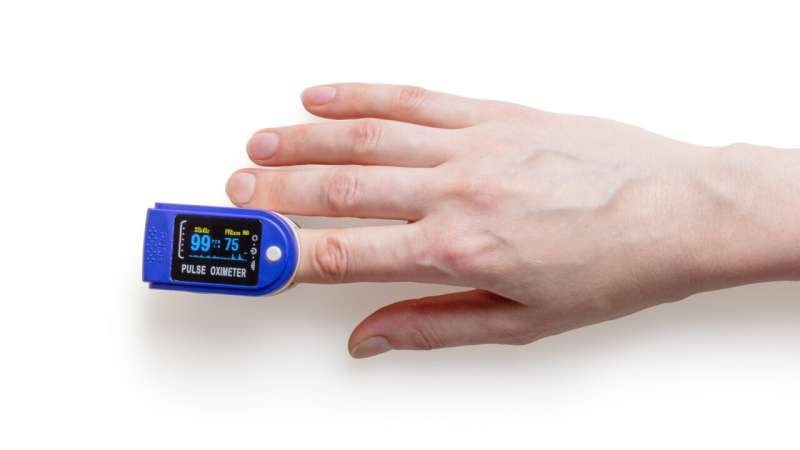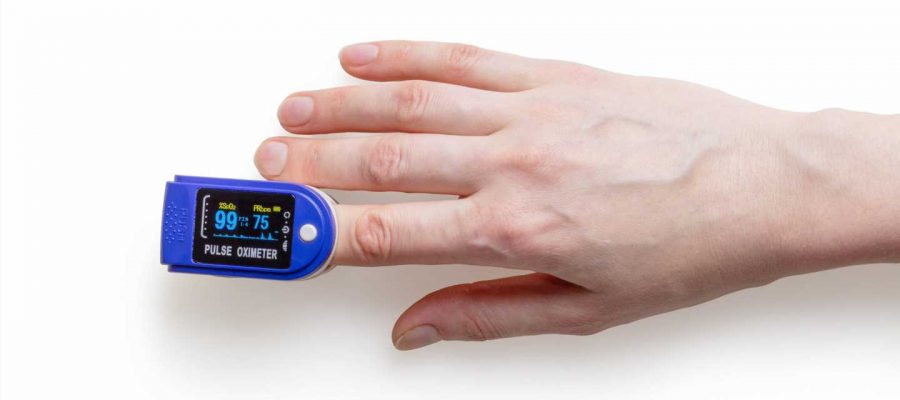
Most medical devices developed in the U.S. reach the market through the 510(k) pathway, in which manufacturers prove that technology in their device is “substantially equivalent” to one or more predicates—existing devices that are already available on the market. While this pathway allows for new variations of devices to reach the market more quickly, high-profile recalls of 510(k) devices such as metal-on-metal hip replacements have raised safety concerns.
New University of Minnesota research, published in the Journal of the American Medical Association, is revealing associations between 510(k) medical device regulatory characteristics and their recall probability. Until now, little research had investigated this relationship.
Alexander Everhart, a postdoctoral research fellow at Harvard University, led the study while earning his Ph.D. at the School of Public Health. Carlson School of Management Professor Pinar Karaca-Mandic served as his Ph.D. advisor and is the senior author of the paper. The researchers created a new database to analyze more than 35,000 510(k) medical devices cleared by the FDA between 2003 and 2018 to estimate the probability of recalls. They determined:
- 510(k) devices citing three or more predicates with an ongoing recall were about 81% more likely to be recalled than devices with no predicates facing a recall.
- 510(k) devices citing newer predicates were more likely to be recalled.
- 510(k) devices citing multiple predicates were more likely to be recalled.
The researchers suggest requiring manufacturers to provide more information in their 510(k) submissions could improve the review process. Currently, manufacturers are not required to disclose when they are comparing their device to a predicate with an ongoing recall. Submitting more details could also provide clues in cases where there is an unclear reason for a predicate recall. The “miscellaneous” predicate recall category had one of the highest increased recall probabilities.
“Disclosing information earlier in the 510(k) process could prevent problems before they are impacting people’s lives,” said Everhart. “Especially when citing predicate devices with recalls, manufacturers should be more explicit about why their device is not subject to the same safety concerns.”
Other findings also provide policy and practice implications. The predicate age factor suggests the safety profiles of newer predicates may be less understood and have underlying issues, compared to predicates that have been on the market longer. Devices citing multiple predicates also saw increased recall likelihood, pointing to how unique combinations of different devices can unexpectedly impact safety.
While these associations point to the need for updates in the 510(k) process, the researchers maintain that the pathway is important for technological growth.
“The 510(k) process energizes innovation and competition. However, that pathway can be supplemented with more regulatory guidance when it comes to certain characteristics and ultimately lead to better patient safety,” said Karaca-Mandic.
More information:
Alexander O. Everhart et al, Association Between Regulatory Submission Characteristics and Recalls of Medical Devices Receiving 510(k) Clearance, JAMA (2023). DOI: 10.1001/jama.2022.22974
Journal information:
Journal of the American Medical Association
Source: Read Full Article
